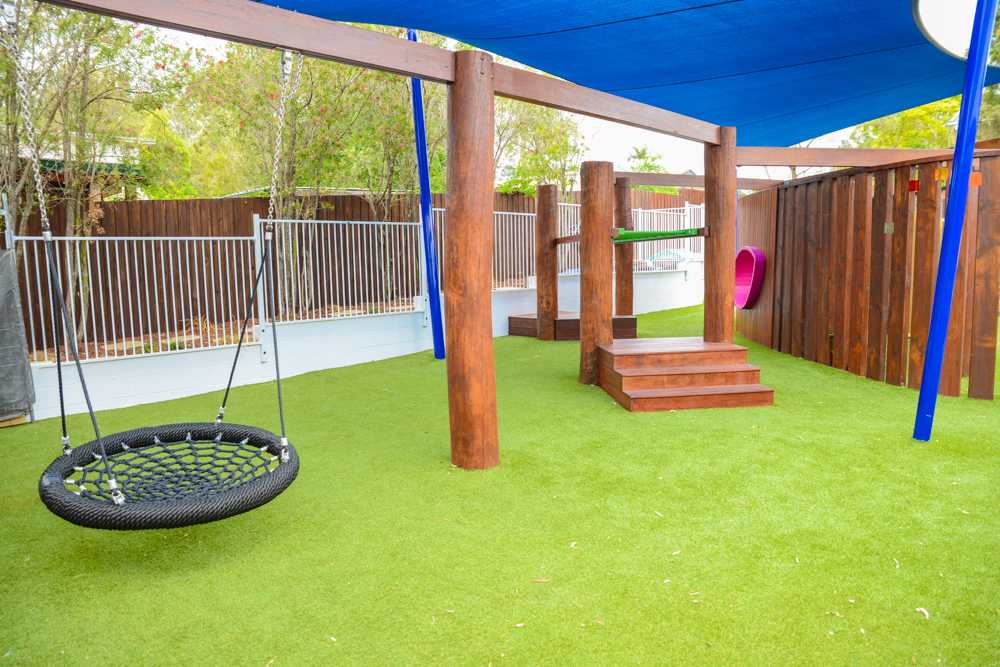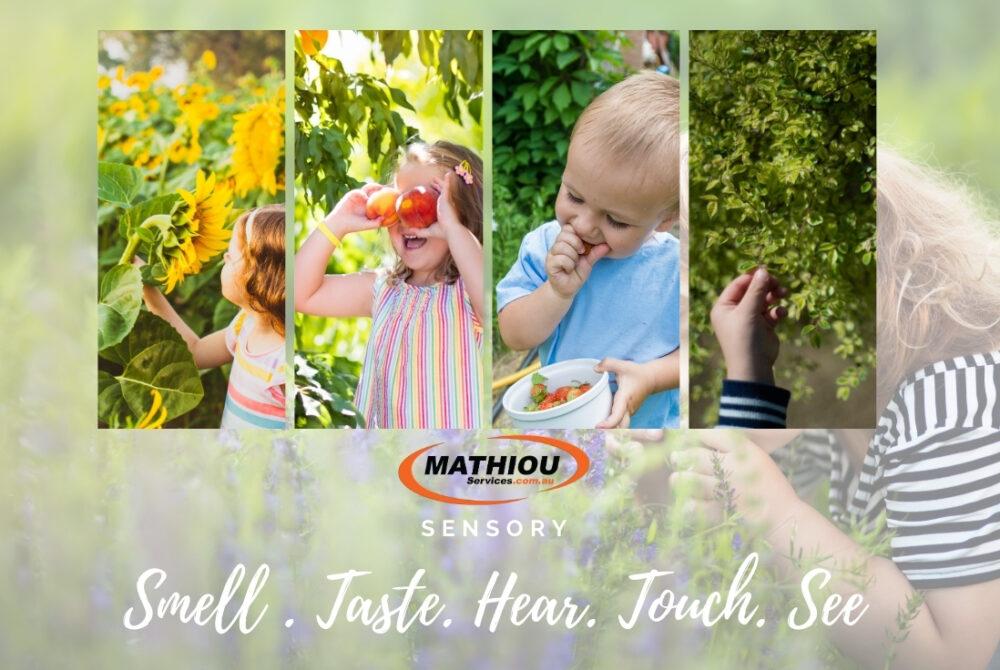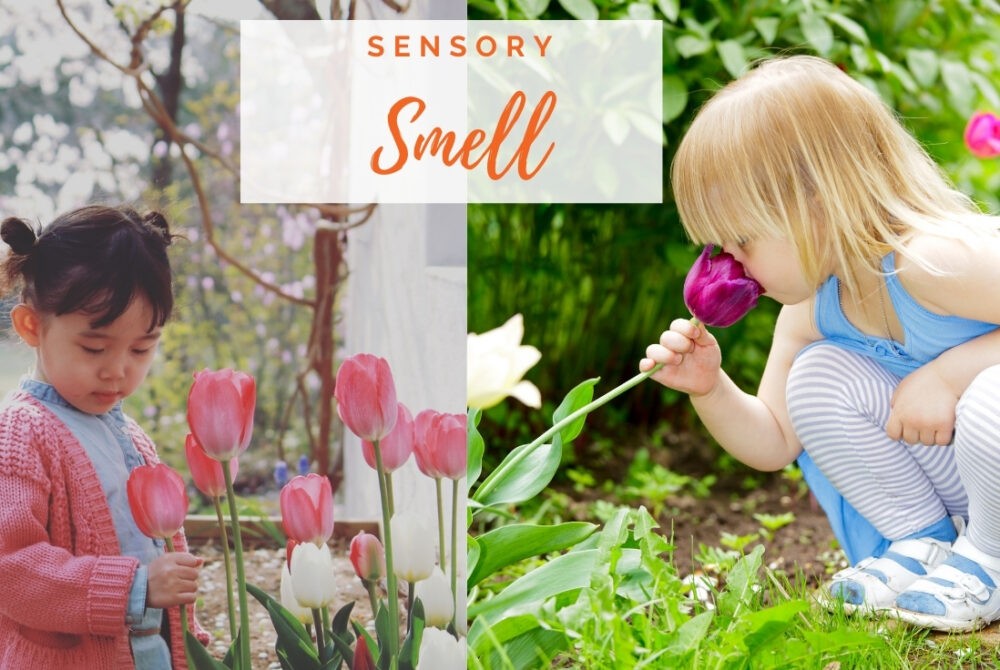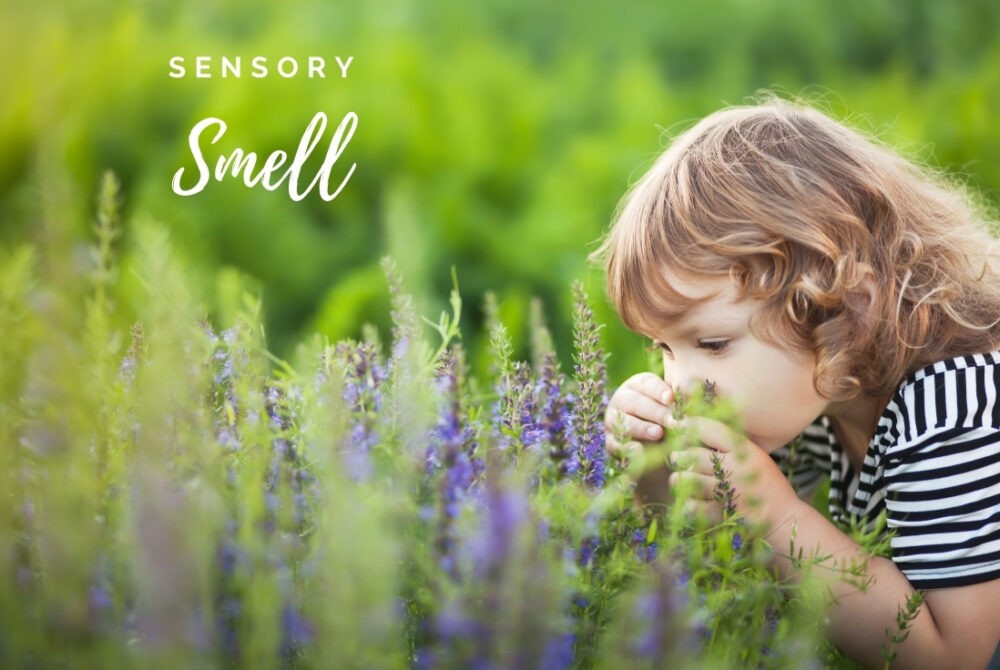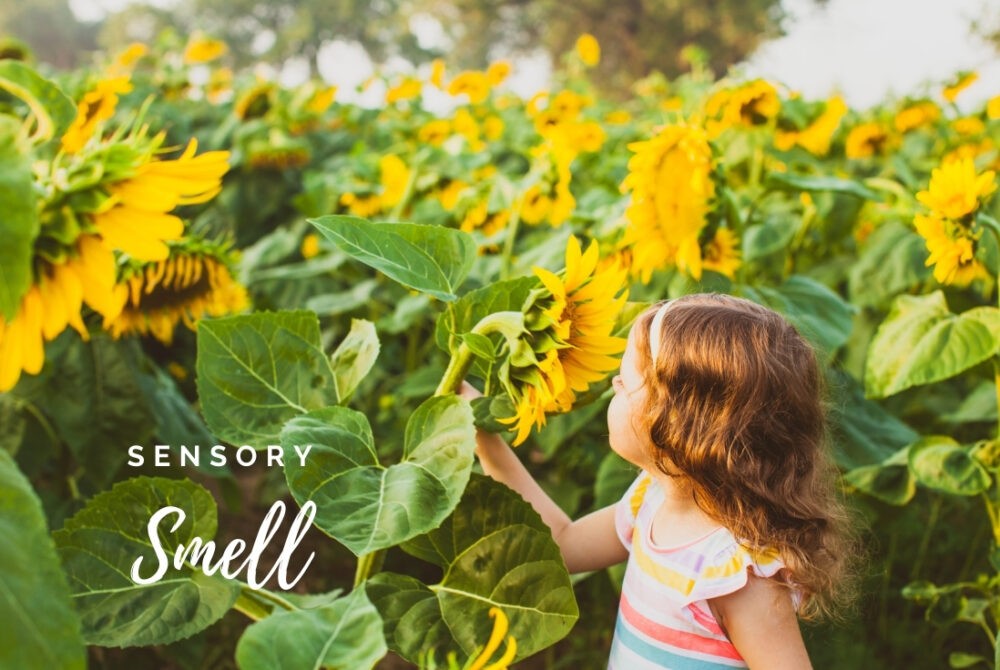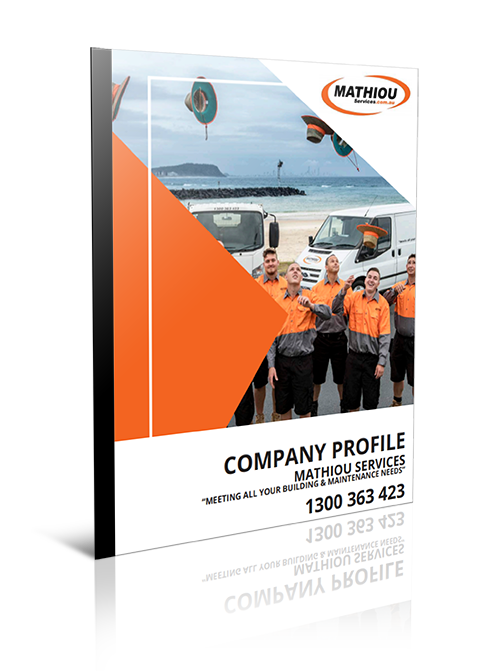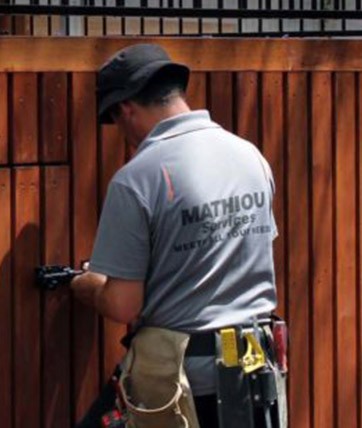We recently completed a playground upgrade for a facility in Tanah Merah whose sole focus was on the development of sensory play through various elements in their playground. We have done many playground upgrades but the approach to this particular upgrade got us thinking about the various elements in sensory play in a more in-depth application.
By definition Sensory play is about the development of all the senses: touch, sight, sound, smell and taste through any activity. It builds a child’s cognitive development by engaging parts of the brain like the occipital lobe through visual processing, the parietal lobe through touch, the auditory for sound, the olfactory for smell and as a direct link to developing the vestibular and brain stem. Sensory really does encompass multiple play elements. Let’s look at how this applies in a playground.
Sensory play in the playground
Visual Sensory Play
With visual sensory play, it’s about developing sight and vision. For example, an objects movement, colours, shapes and any playground elements that draws the attention of the eye is encouraged. A newborn can only see shadows, then they slowly grow to develop the ability to identify shapes and then colours. By subtly including these in your play space you are subconsciously triggering the growth in your play space.
This facility opted to do this through perspex on their activity structure and adding bold coloured pip shapes for sitting, sculpting the land into its own shapes and adding movement through various objects like the flow of water and plants.
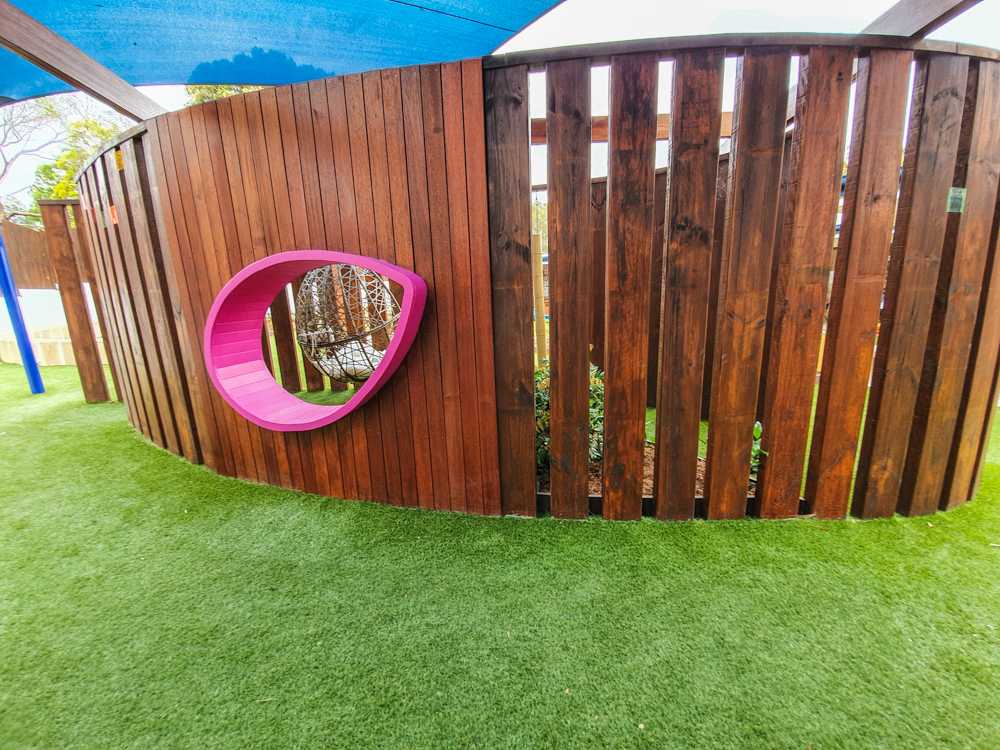
Other ways you can do this is through adding colour and making creative shapes or objects that move. A trend we see more and more of is using a combination of screens with cut outs either in timber or with coloured perspex. Others are using the art on walls to create a visual impact. You can also do this by hanging multi-coloured ribbons in a secluded area like the below:
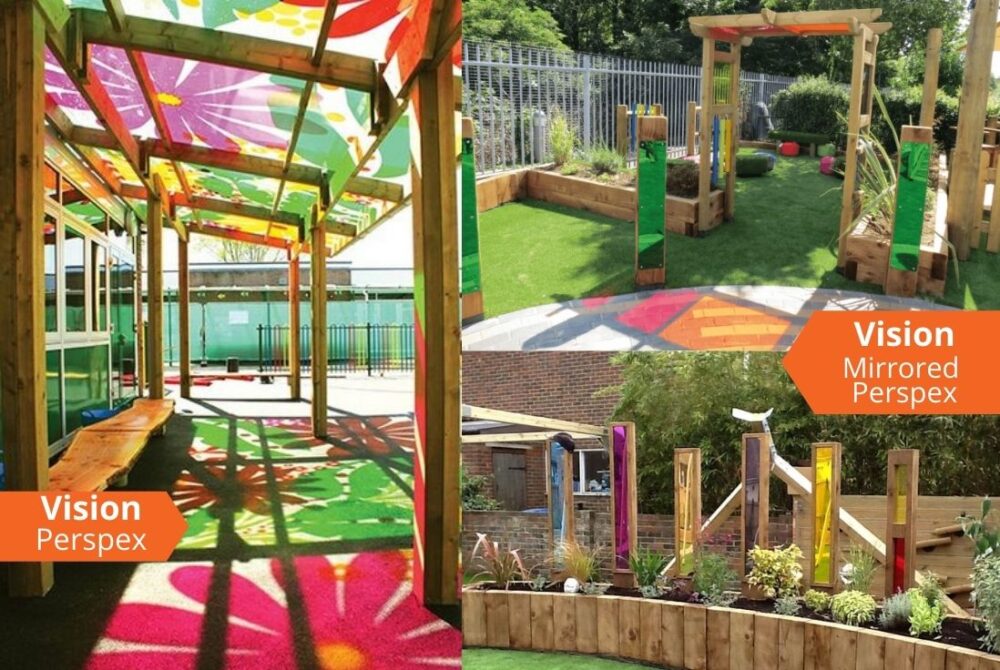
Auditory Sensory Play
Ding! Dang! Dong! The sound of kids making sounds in a playground. This also helps them develop their voices as they mimic sound’s they hear. A bamboo musical wall is just as effective or playing with other textures and elements like combining pipes.
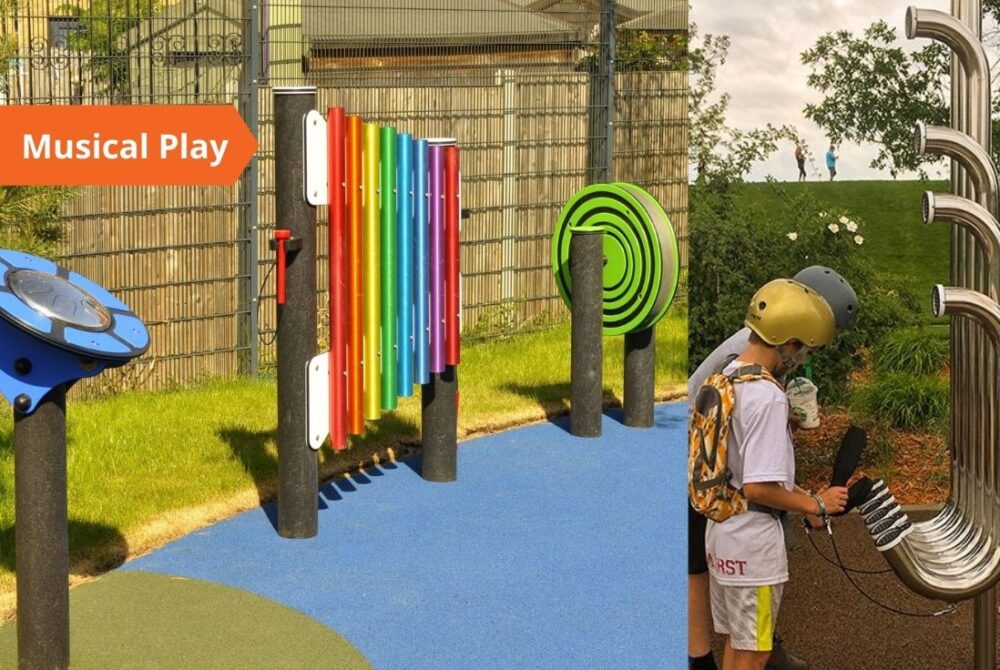
Taste Sensory Play
While most senses are easy to replicate and promote in your playground, taste isn’t quite one of them. But as water sprays over the garden for a little water play you see children always opening their mouth to catch, feel and taste the droplets of water. A more pragmatic way would be done with fruit trees, plants, vegetable gardens which then can flow on to other learning and exploration.

Tactile Sensory Play (Touch)
This is the most common sensory experience and has a link to a lot of the others. The feel of different textures, the motor skills required to pull and push and grab and hold of different play equipment like monkey bars, slides, climbing walls all play a great part in developing the frontal lobe. It also builds kids confidence, develops balancing skills and more.
